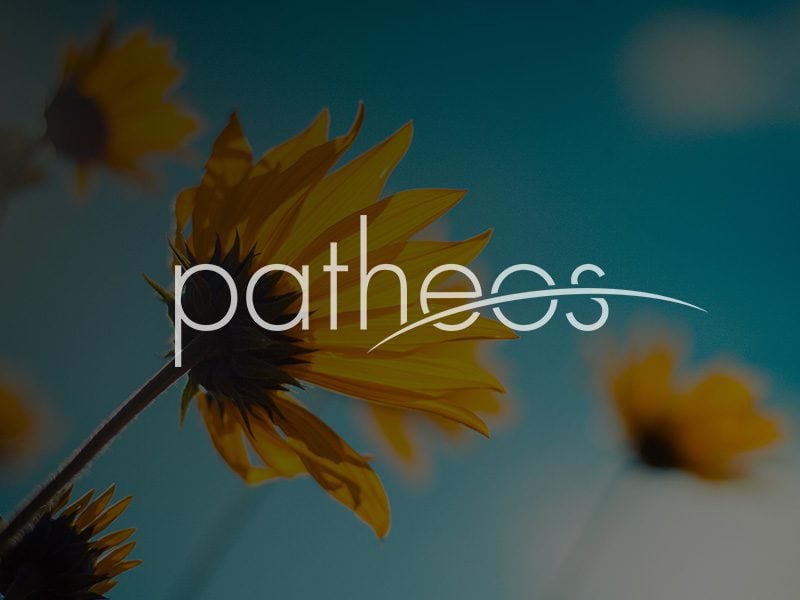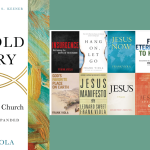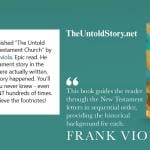A quote worth remembering: The light of Christ’s life reaches us through the Church as the community of those who, bound together in the love which Christ brought down, are “forever shedding that love abroad” in their own lives and “manifesting in the grace of Christlike character the reconciling purpose of God. From Lesslie Newbigin: A Theological Life, by Geoffrey Wainwright (p. 36). Read more
















